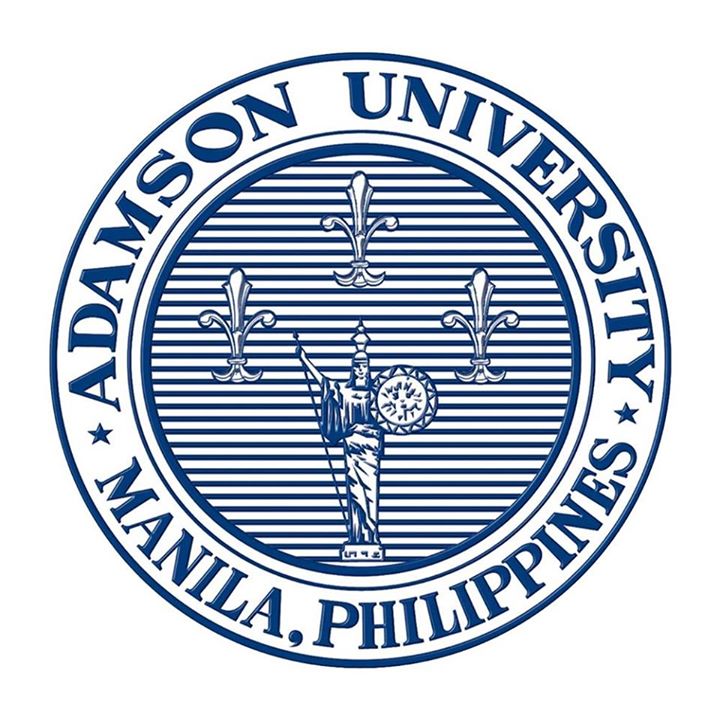
Adamson University
Adamson University is a private and Catholic university in Manila, Philippines, founded on June 20, 1932, by Greek immigrant George Lucas Adamson as the Adamson School of Industrial Chemistry.
The colours of the Adamson University are Navy blue or dark blue and white. Why? Because George Lucas Adamson the founder of this university is a greek therefore he represents his own country by using their national colour of their country which is blue and white.
The seal composed of two circles, with the inner seal containing the image of the Greek goddess Athena and three fleurs de lis with a background of horizontal stripes while the outer circle contains the words “Adamson University Manila, Philippines.”
Falcon is the university mascot as well as the other name given to the students of Adamson. It is the highest soaring bird in the world. Exuding the qualities of a Falcon, Vincentian Educators soar high in excellence dedication to their profession, commitment to the students and concern for the poor.
Products

ADU Soaring Falcons Cap
Php 1299.00

ADU Soaring Falcons Shirt
Php 399.00

ADU Soaring Falcons Shirt (Alternate)
Php 399.00

ADU Soaring Falcons Sunglasses
Php 499.00

ADU Soaring Falcons Tumbler
Php 799.00

ADU Soaring Falcons Jacket
Php 2499.00

ADU Soaring Falcons Jacket (Alternate)
Php 2499.00

ADU Soaring Falcons Lanyard
Php 149.00
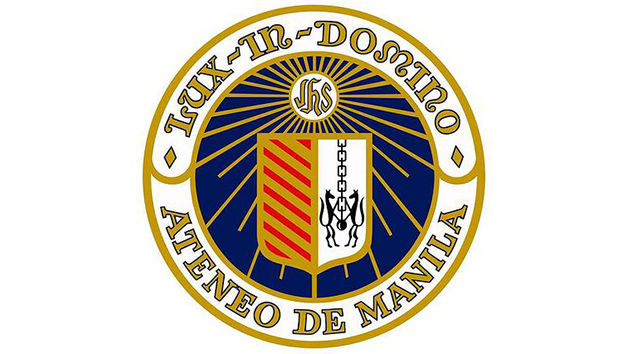
Ateneo de Manila University
The Ateneo has adopted the colors of Our Lady as its own school colors. The school colors are therefore signs of the Ateneo’s devotion to Mary and its commitment to become, like her, a constantly true and faithful servant of the Lord.
Marian blue, ultramarine, is the purest, most brilliant, and most enduring of blues. It is also the rarest and most expensive of pigments and exceeds gold in value. The color must be extracted in tiny amounts from crushed lapis lazuli, a gem. Medieval artists, therefore, reserved blue for the robes of the Virgin and the Child Jesus. Mary is also Queen of Heaven and Star of the Sea, and appropriately, her color is also the color of sky and water. Sky blue symbolizes distance, divinity, and dreams; Marine blue, mystery, depth, intimacy. In Mary’s blue mantle, Heaven and Earth, depth and height, the divine and the human come together. No wonder then that blue is the color of faith, peace, and commitment. No wonder then, that the Ateneo has made her Lady’s blue its own.
White is also a color of Mary, conceived without sin and clothed with the sun. It is at once colorless and yet bears the entire spectrum of color. White signifies silence, emptiness, and space that is pregnant with possibility. It is also the color of openness, truth, purity, and hope. In a sense, white is the color of ‘yes’. And it is a color of the Ateneo, because, like Mary, we hope to surrender ourselves to God, so that He may do His work through ours, and so that His will may be made flesh in our lives.
Products

ADMU Blue Eagles Cap
Php 1299.00

ADMU Blue Eagles Shirt
Php 399.00
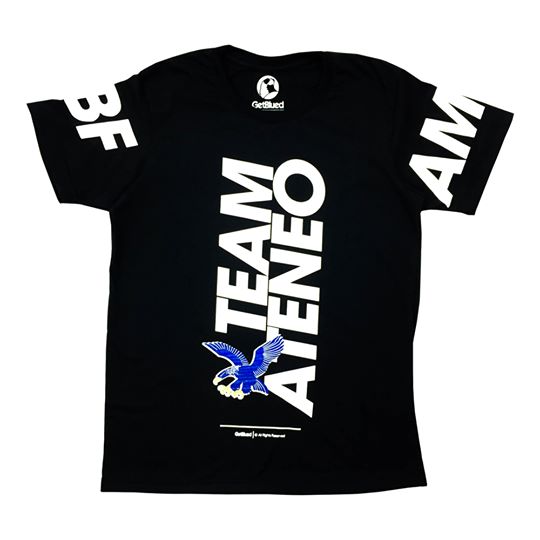
ADMU Blue Eagles Shirt (Alternate)
Php 399.00

ADMU Blue Eagles Sunglasses
Php 499.00

ADMU Blue Eagles Tumbler
Php 799.00

ADMU Blue Eagles Jacket
Php 2499.00

ADMU Blue Eagles Jacket (Alternate)
Php 2499.00

ADMU Blue Eagles Lanyard
Php 149.00
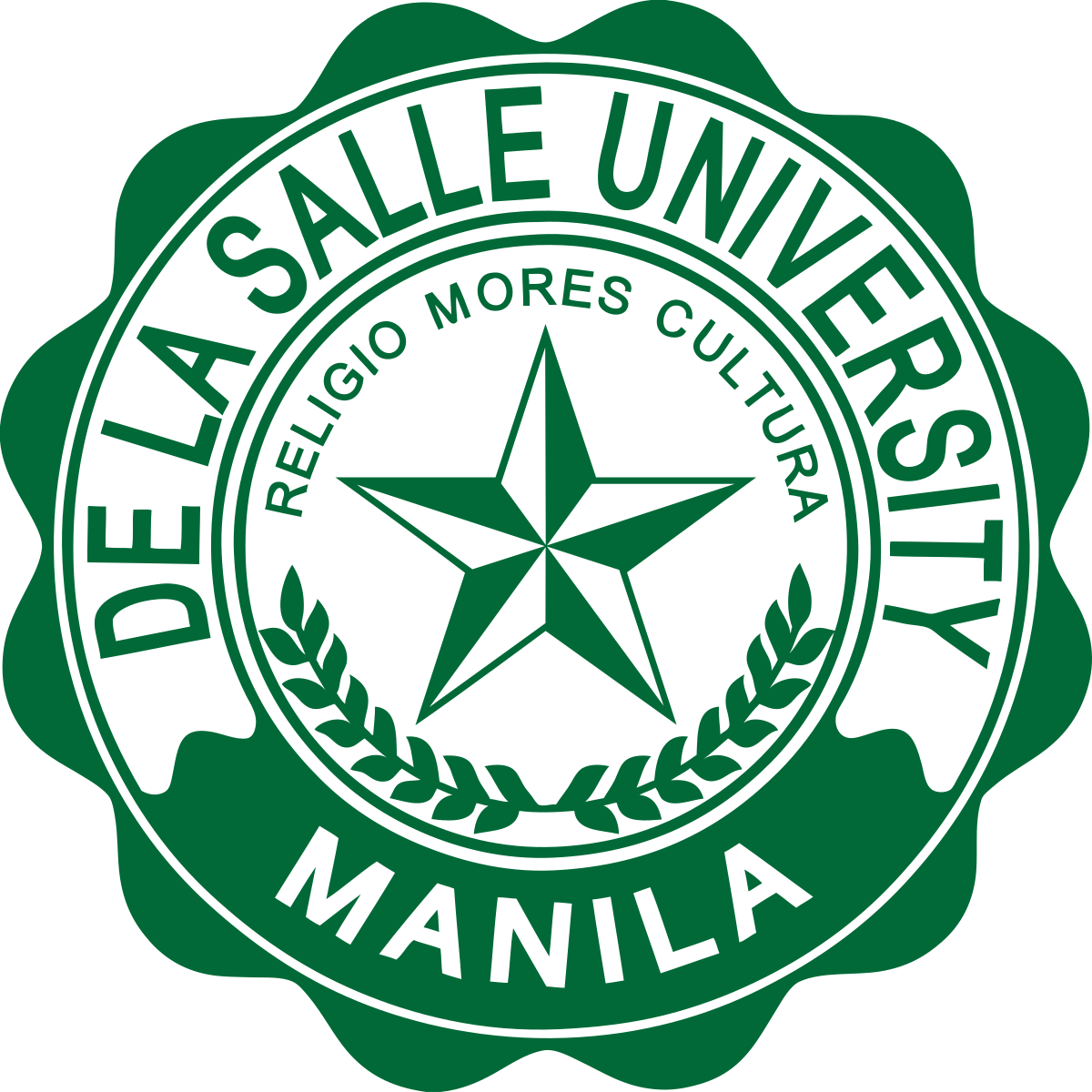
De La Salle University
The maiden issue of the student publication that came out in August 1924 was called “Green and White” which originated from the national colors of Ireland, (the “Emerald Isles” where the founding fathers of the De La Salle Brothers in the Philippines came from) and, of course, the Philippines (“Pearl of the Orient Seas”, that is “pearly white”).
Before 1939, the high school team took the nickname the “Greenies” (G&W 1938), following the school’s colors. The first Archer symbol appeared in the 1940 G&W, and the Sports Section featured articles covering the NCAA games of the 1939-1940 season, wherein our famous basketball players were referred to as the “Green Archers.” The 1941 G&W featured a photo of four graders who formed the original (first) Green Archers Cheer Squad.
Products

DLSU Green Archers Cap
Php 1299.00

DLSU Green Archers Shirt
Php 399.00

DLSU Green Archers Shirt (Alternate)
Php 399.00

DLSU Green Archers Sunglasses
Php 499.00

DLSU Green Archers Tumbler
Php 799.00

DLSU Green Archers Jacket
Php 2499.00

DLSU Green Archers Jacket (Alternate)
Php 2499.00

DLSU Green Archers Lanyard
Php 149.00
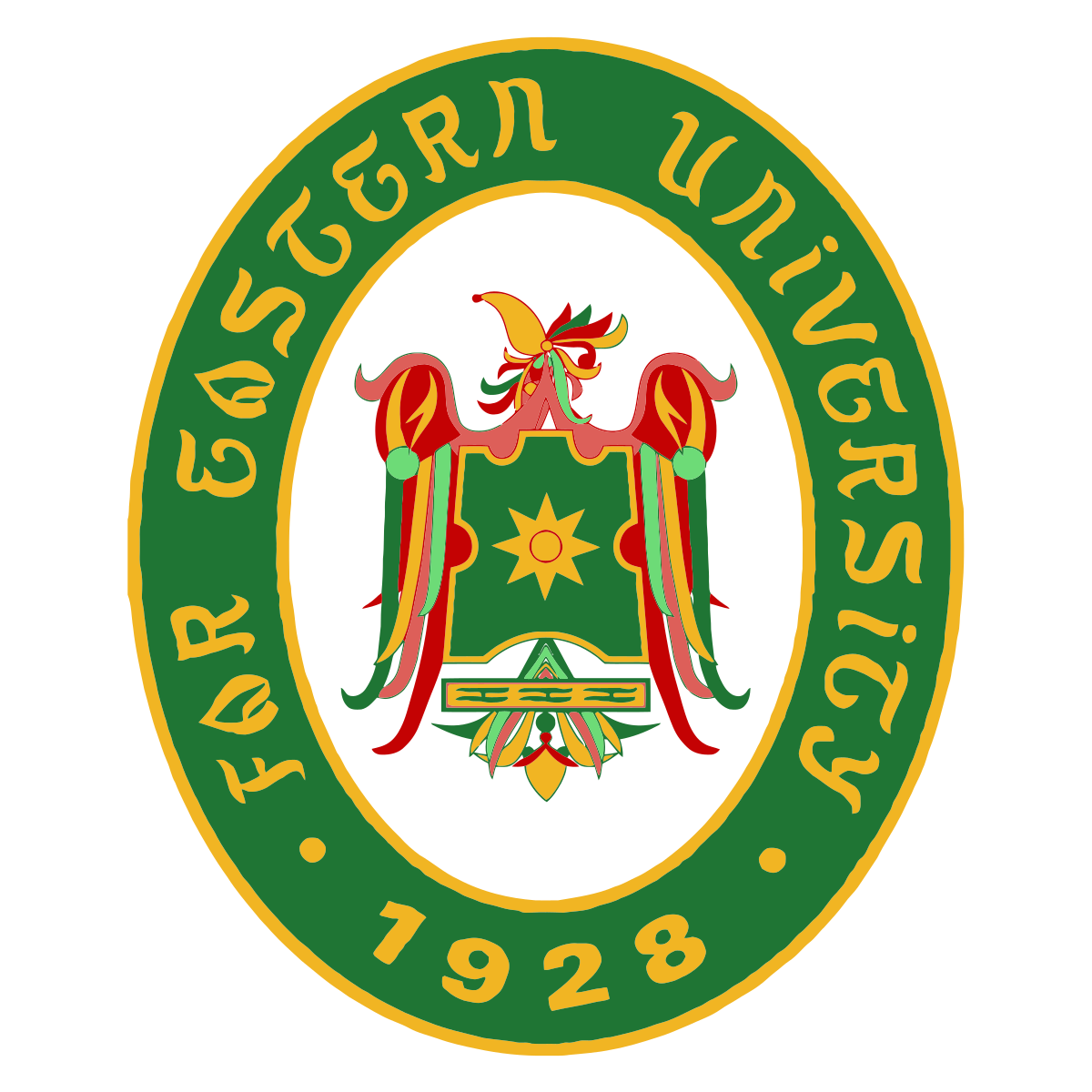
Far Eastern University
The Far Eastern University (FEU) is one of the leading universities in the Philippines. It was founded in 1928 by Dr. Nicanor I. Reyes as a business college. The university has since expanded its programs to cater to other fields.
Green and Gold are the official university colors of FEU. Green represents the founder’s aspirations for “fair hope for the motherland.” Meanwhile, Gold represents the university’s golden opportunity to serve the youth.
Products
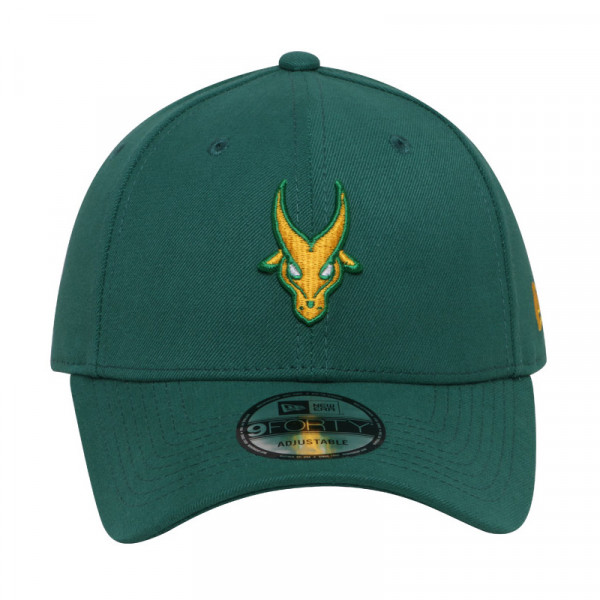
FEU Tamaraws Cap
Php 1299.00

FEU Tamaraws Shirt
Php 399.00
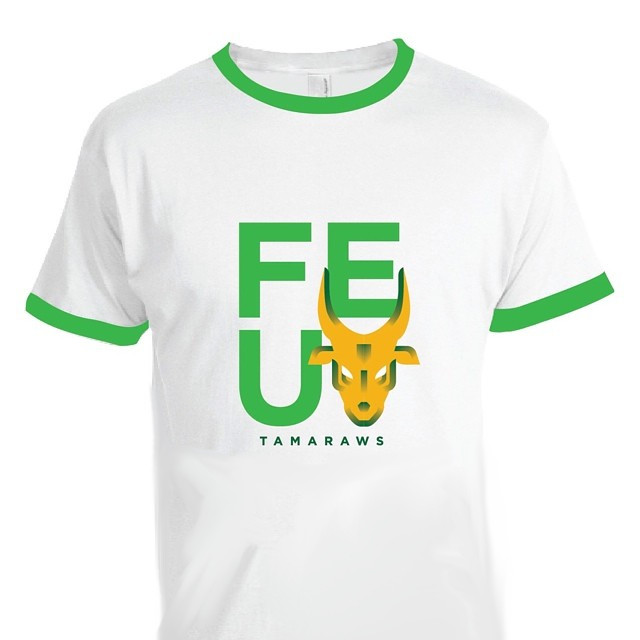
FEU Tamaraws Shirt (Alternate)
Php 399.00

FEU Tamaraws Sunglasses
Php 499.00

FEU Tamaraws Tumbler
Php 799.00

FEU Tamaraws Jacket
Php 2499.00

FEU Tamaraws Jacket (Alternate)
Php 2499.00

FEU Tamaraws Lanyard
Php 149.00

National University
National University is a private and co-educational institution that provides an excellent learning experience for its students. The university is also K-12 ready with its Nazareth School AKA its basic education department.
The school color comes from the colors of the Philippine flag, Navy and Gold. Their logo is the only non-circular logo in the UAAP, boasting the shape of a shield.
Products

NU Bulldogs Cap
Php 1299.00

NU Bulldogs Shirt
Php 399.00
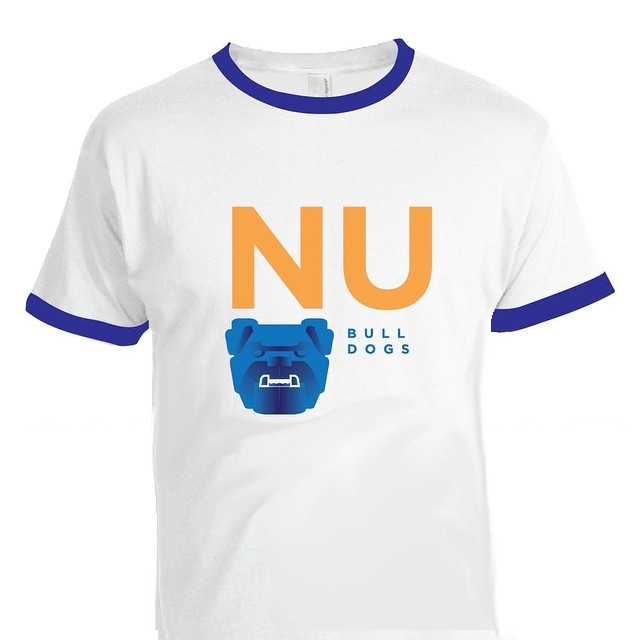
NU Bulldogs Shirt (Alternate)
Php 399.00

NU Bulldogs Sunglasses
Php 499.00

NU Bulldogs Tumbler
Php 799.00

NU Bulldogs Jacket
Php 2499.00

NU Bulldogs Jacket (Alternate)
Php 2499.00

NU Bulldogs Lanyard
Php 149.00

University of the East
The history of the University of the East starts in September 1946, in a rented room on Dasmariñas St., Manila, where 110 students enrolled in Certified Public Accountant (CPA) review classes. The group of business teachers led by Dr. Francisco T. Dalupan, Sr. that started the sessions made it their objective to help the country, which was still reeling from the war.
Of the 110 students, four made it to top spots in the 1947 CPA board Examinations. On September 11, 1946, five people—namely Dr. Francisco T. Dalupan Sr., Dr. Hermengildo B. Reyes, José L. Torres, Enid Mapa, and Santiago de la Cruz—established the Philippine College of Commerce and Business Administration (PCCBA) along R. Papa St. in Sampaloc, Manila. The PCCBA admitted 350 students in the summer of 1947.
The following year, more students enrolled and more academic units were organized, and the PCCBA moved to what is now UE's main campus on 2219 Claro M. Recto Avenue. PCCBA alumni performed successfully in the government's accountancy examinations. Because of this success, the government granted the PCCBA permission to establish other colleges, leading to the establishment of the Colleges of Liberal Arts, Business Administration, Dentistry, and the Graduate School of Business Administration.
Before the University of the East’s colors are blue and gold but then that color was the official colors of National University, so they change it to color red which symbolizes for fighter or warrior so they call it red warriors. Also, their logo is not Lapu-Lapu it is the silhouette of Indian warriors.
Products

UE Red Warriors Cap
Php 1299.00

UE Red Warriors Shirt
Php 399.00

UE Red Warriors Shirt (Alternate)
Php 399.00

UE Red Warriors Sunglasses
Php 499.00

UE Red Warriors Tumbler
Php 799.00

UE Red Warriors Jacket
Php 2499.00

UE Red Warriors Jacket (Alternate)
Php 2499.00

UE Red Warriors Lanyard
Php 149.00

University of the Philippines
The University of the Philippines is a state university system in the Philippines and is the country's national university. Founded by the American colonial government on June 18, 1908, for the Filipinos, it was established through the ratification of Act No. 1870 of the 1st Philippine Legislature to provide "advanced instruction in literature, philosophy, the sciences and arts, and to give professional and technical training" to eligible students regardless of "age, sex, nationality, religious belief, and political affiliation".ja UP has institutional autonomy as the country's national university as mandated by Republic Act No. 9500 (UP Charter of 2008). The University of the Philippines remains the top university in the country, according to the latest QS World University Rankings, after its ranking improved to 367th this year from 374th in 2016.
The University of the Philippines has four institutional colors. The first two colors are based on ART 466. The 2005 Revised Code of the University of the Philippines System. These are Maroon is the Primary color of the University, and Forest green which is its complementary color. The next two colors are Gold which is applicable only as an accent color and provides definition to the details and main sections of the Seal. Spot Black which is used for the logotype. Addition or introduction of other supplementary colors is not permitted in order to preserve the identity of the University.
Products

UP Fighting Maroons Cap
Php 1299.00

UP Fighting Maroons Shirt
Php 399.00

UP Fighting Maroons Shirt (Alternate)
Php 399.00

UP Fighting Maroons Sunglasses
Php 499.00

UP Fighting Maroons Tumbler
Php 799.00

UP Fighting Maroons Jacket
Php 2499.00

UP Fighting Maroons Jacket (Alternate)
Php 2499.00

UP Fighting Maroons Lanyard
Php 149.00
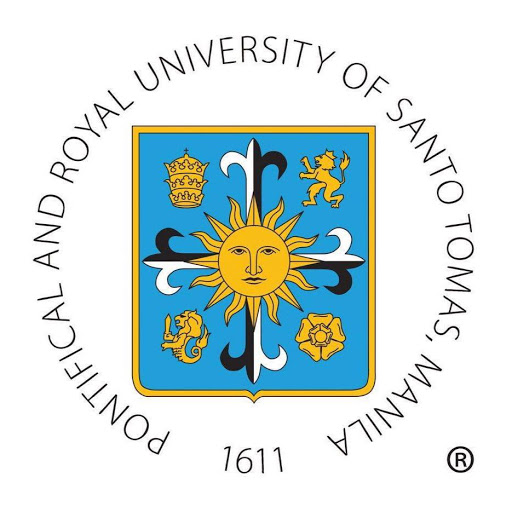
University of Santo Tomas
The University of Santo Tomas is one of the oldest existing universities and holds the oldest extant university charter in the Philippines and in Asia. It was founded on April 28, 1611, by the third Archbishop of Manila, Miguel de Benavides, together with Frs. Domingo de Nieva and Bernardo de Santa Catalina.
The gold and white colors of the flag of Vatican City were adopted by the University of Santo Tomas for their school colors because of its Pontifical status. They were known as the Glowing Goldie’s until a name change in 1992. UST Rector Fr. Rolando V. de la Rosa, who was appointed in 1991 recalled in a speech to the school's administrators and faculty members during his 2007 Rector's Report on how UST's present Growling Tigers moniker came to be.
Products

UST Growling Tigers Cap
Php 1299.00

UST Growling Tigers Shirt
Php 399.00

UST Growling Tigers Shirt (Alternate)
Php 399.00

UST Growling Tigers Sunglasses
Php 499.00

UST Growling Tigers Tumbler
Php 799.00

UST Growling Tigers Jacket
Php 2499.00

UST Growling Tigers Jacket (Alternate)
Php 2499.00

UST Growling Tigers Lanyard
Php 149.00